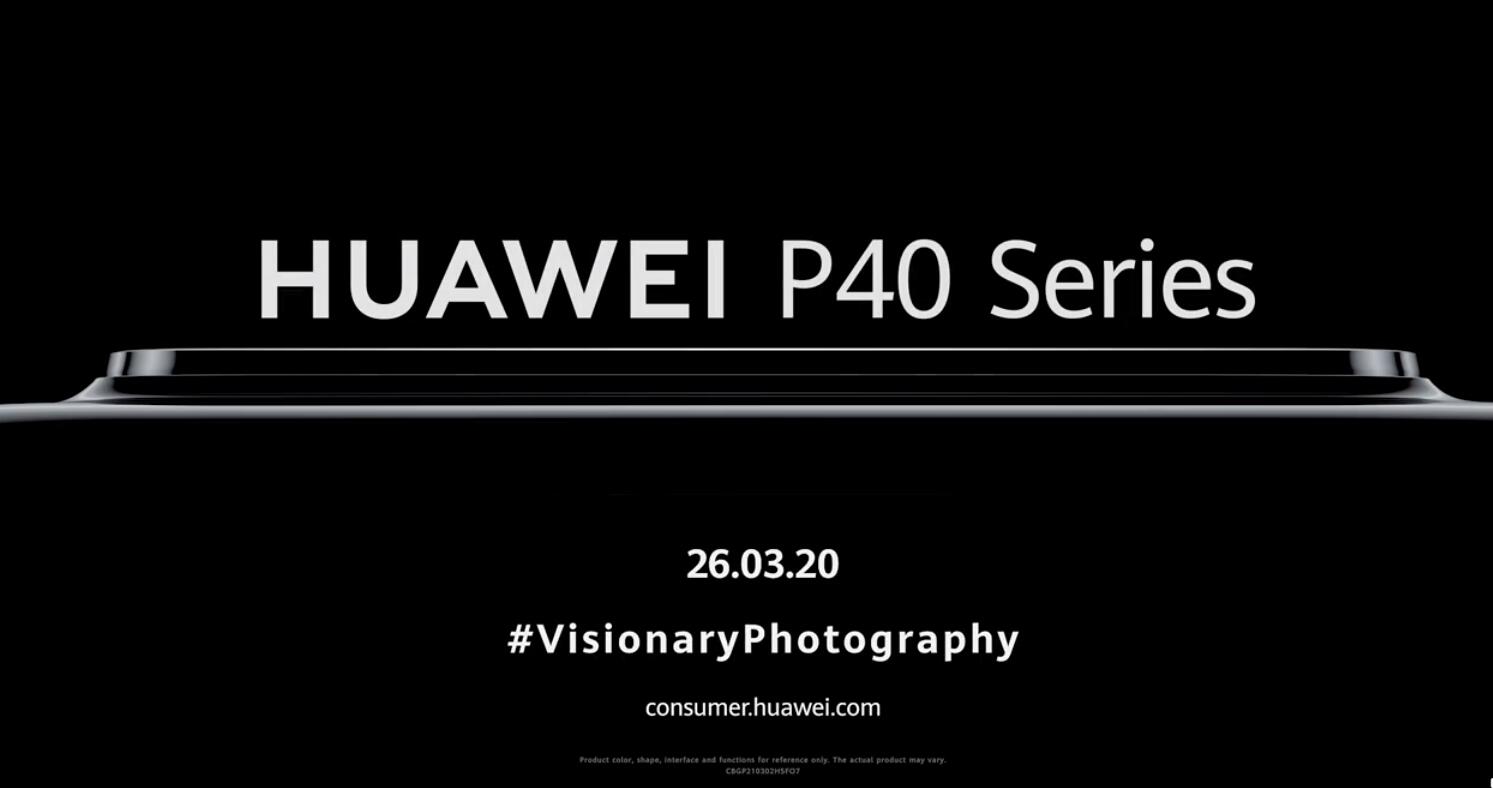Huawei has announced that it will hold a press conference on March 26. The Huawei P40, the most anticipated mobile phone series in the first quarter of 2020, will be unveiled at this press conference.
With the gradual approach of the press conference, various details about the P40's breaking news are gradually revealed. From the current news, the P40 will have a new lens system, and it may also break our perception of mobile photography again.
As of now, Huawei has announced two promotional videos of the P40 series, which is the tip of the iceberg for the P40.
However, these two videos are design-oriented, suggesting that the P40 not only has a round design, but also has certain advantages in terms of texture and thickness of the whole machine.
As we all know, Huawei P series has always been the combination of the main fashion design and front-end video. Although these two videos are designed, we have also captured some details about the lens.
In the first P40 promotional video released by Huawei on March 10, the lens part appeared in the video as the focus of the design. Although the video material uses static materials, it is not difficult to see that the P40 may have an oversized lens module. group.
Previously, the P series has always used large-scale CMOS as the foundation of excellent imaging technology. A large-area lens sensor means that the entire lens module area will increase, thereby ensuring a sufficient amount of light.
From the current promotional video exposed by Huawei, the P40 series is bound to continue the design of the outsole lens module. At the same time, the interior of the fuselage has a very high degree of integration, ensuring that the entire lens module will not protrude. Too much body.
Last year, Huawei used the IMX600Y developed exclusively by Sony on the P30. Compared to the IMX600 of the P20 Pro, it added a new RYYB color filter array design.
It increased the amount of incoming light by 40%, while strengthening night shots, it also left competitors behind for a year.
It is not difficult to foresee that Huawei will definitely continue to strengthen on the P40 this year. It is very likely that while maintaining the RYYB sensor, it will continue to increase the area of the lens sensor.
Huawei has clearly stated that it will not use sensors with ultra-high pixels similar to Samsung HMX, but we can still expect for a single pixel area, which will further help Huawei P40 to improve the basic "take-off point" of taking pictures.
Of course, there is another possibility. The lens in this official promotional video released by Huawei on March 10 may also be a new periscope lens created by Huawei for the P40.
On the P30 last year, Huawei achieved a maximum of 10x hybrid zoom and 50x digital zoom with a 5x periscope optical zoom lens, and this result may be broken after the press conference on March 26.
There is currently news that Huawei will use a single lens on the P40 series of periscope lenses that greatly exceed the equivalent optical zoom of 5x. Tianfeng Securities analyst Ming-Chi Kuo has revealed in the latest report that Huawei is promoting the periscope type in mobile phone brands The most active manufacturer of telephoto lens design, it is expected that the periscope telephoto lens will continue to be Huawei's 2020 optical specification innovation selling point.
According to Kuo, the fixed-mirror technology used in the P40 periscope lens and the periscope lens on the P30 last year is not the same, thus achieving a higher magnification of optical zoom, while also achieving smoothness in zooming.
As we all know, the so-called optical zoom of smart phones is currently assisted by the so-called multi-lens module, which is synthesized by algorithm. No mobile phone can truly achieve smooth zooming, which is the biggest difference between mobile phones and cameras.
And if the P40 is truly rumored to achieve autonomous zoom through a periscope lens, it will be the first mobile phone in the world to achieve smooth zoom without excessively increasing the size of the lens module.
Of course, the above are all speculations based on the current online exposure information. As for how much change the P40 can bring to the imaging system, we still have to wait for the official disclosure from Huawei.






